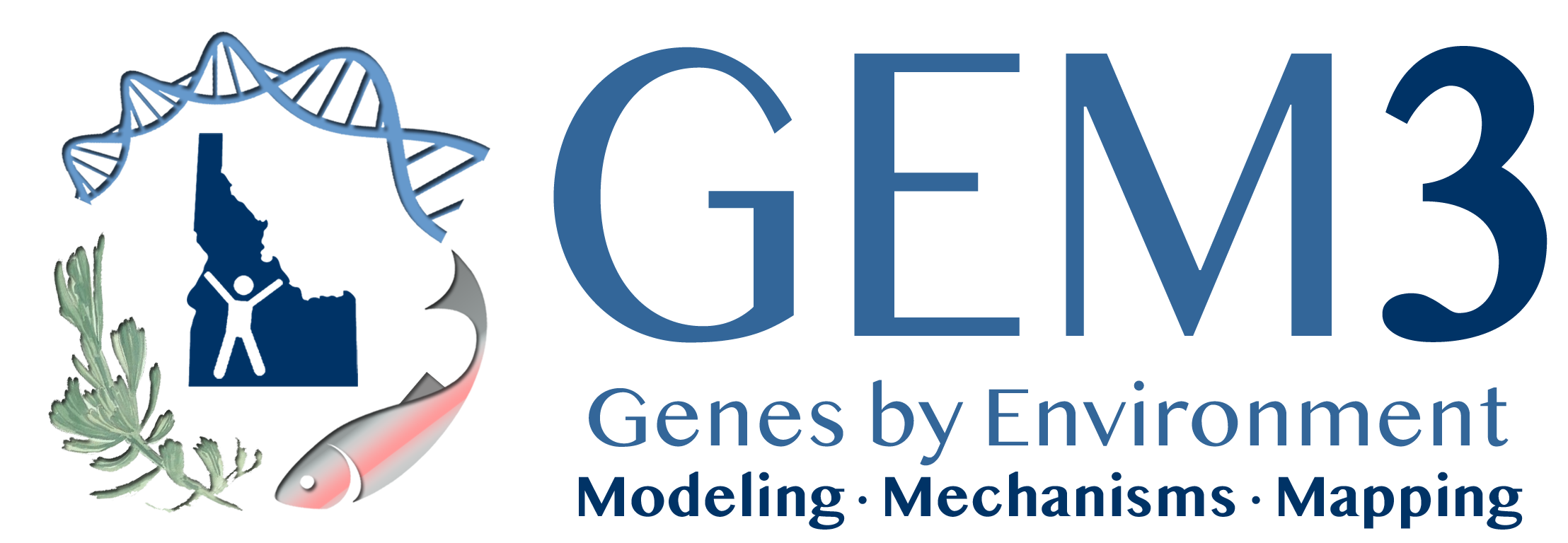Biodiversity can affect the properties of groups of organisms, such as ecosystem function and the persistence of colonizing populations. Genomic data offer a newly available window to diversity, complementary to other measures like taxonomic or phenotypic diversity. We tested whether native genetic diversity in field experimental stands of Arabidopsis thaliana affected their aboveground biomass and fecundity in their colonized range. We constructed some stands of genotypes that we a priori predicted would differ in performance or show overyielding. We found no relationship between genetic diversity and stand total biomass. However, increasing stand genetic diversity increased fecundity in high-resource conditions. Polyculture (multiple genotype) stands consistently yielded less biomass than expected based on the yields of component genotypes in monoculture. This under-yielding was strongest in stands with late-flowering and high biomass genotypes, potentially due to interference competition by these genotypes. Using a new implementation of association mapping, we identified genetic loci whose diversity was associated with stand-level yield, revealing a major flowering time locus associated with under-yielding of polycultures. Our field experiment supports community ecology studies that find a range of diversity-function relationships. Nevertheless, our results suggest diversity in colonizing propagule pools can enhance population fitness. Furthermore, interference competition among genotypes differing in flowering time might limit the advantages of polyculture.
| GEM3 author(s) | |
| Year published |
2020
|
| Journal |
Proceedings of the Royal Society B: Biological Sciences
|
| DOI/URL | |
| Keywords |
Evolution
Phenology
|
| GEM3 component |
Mechanisms
|
| Mentions grant |
Yes
|
